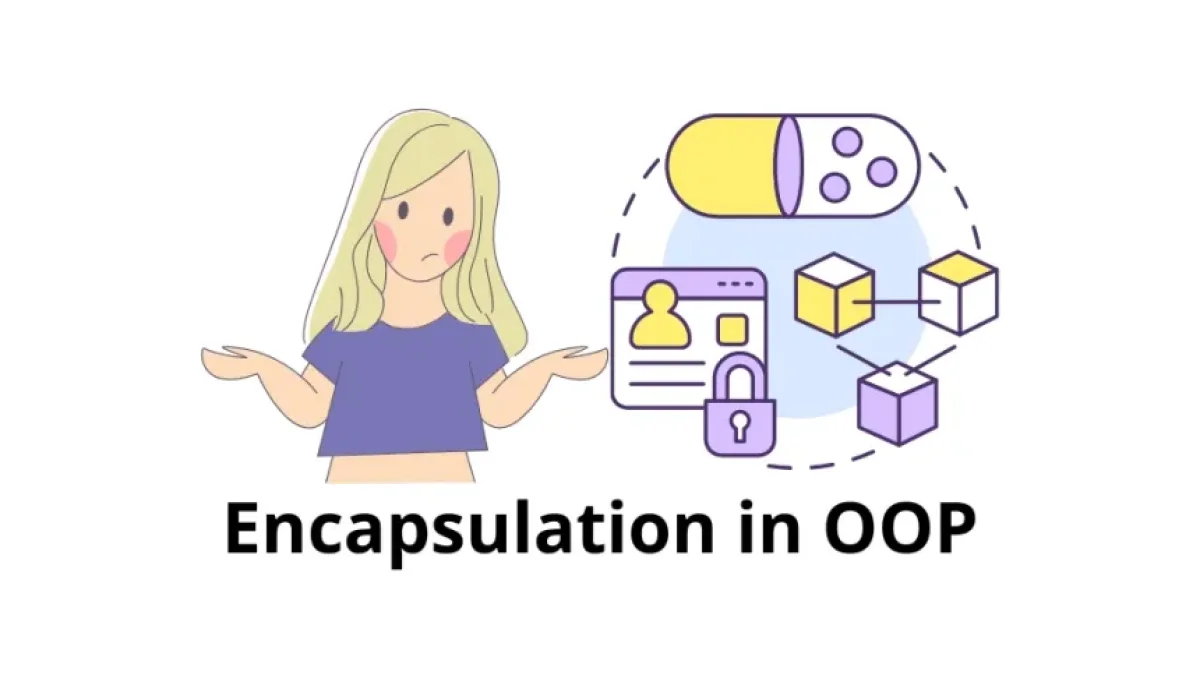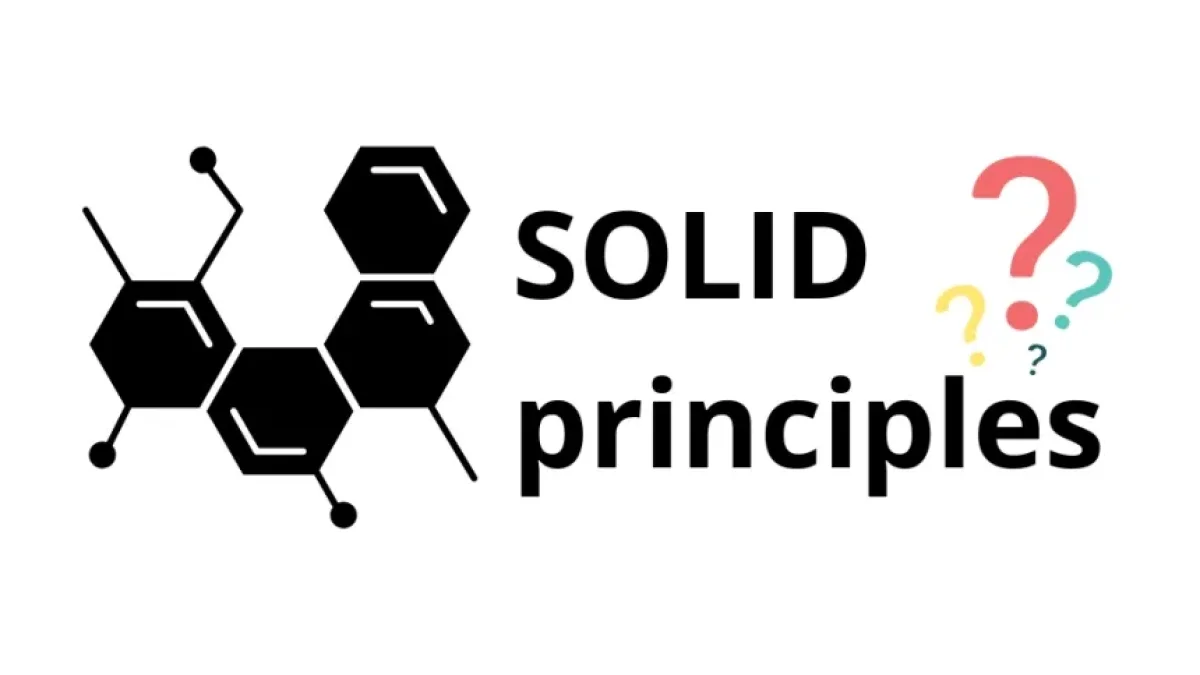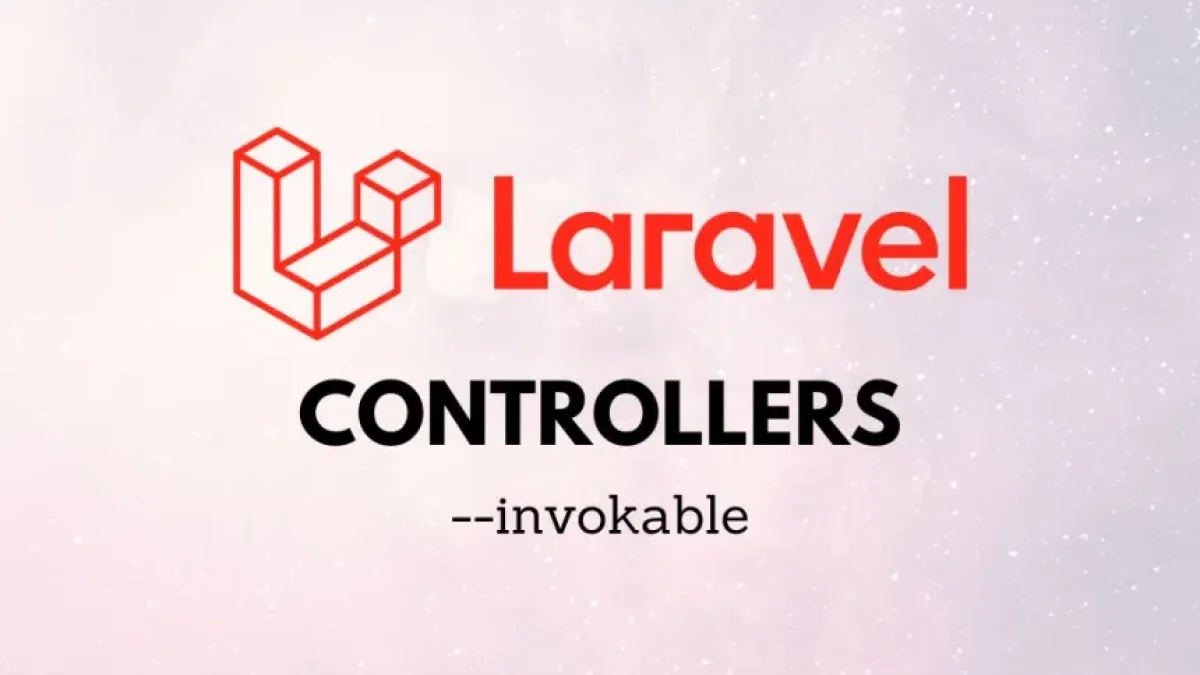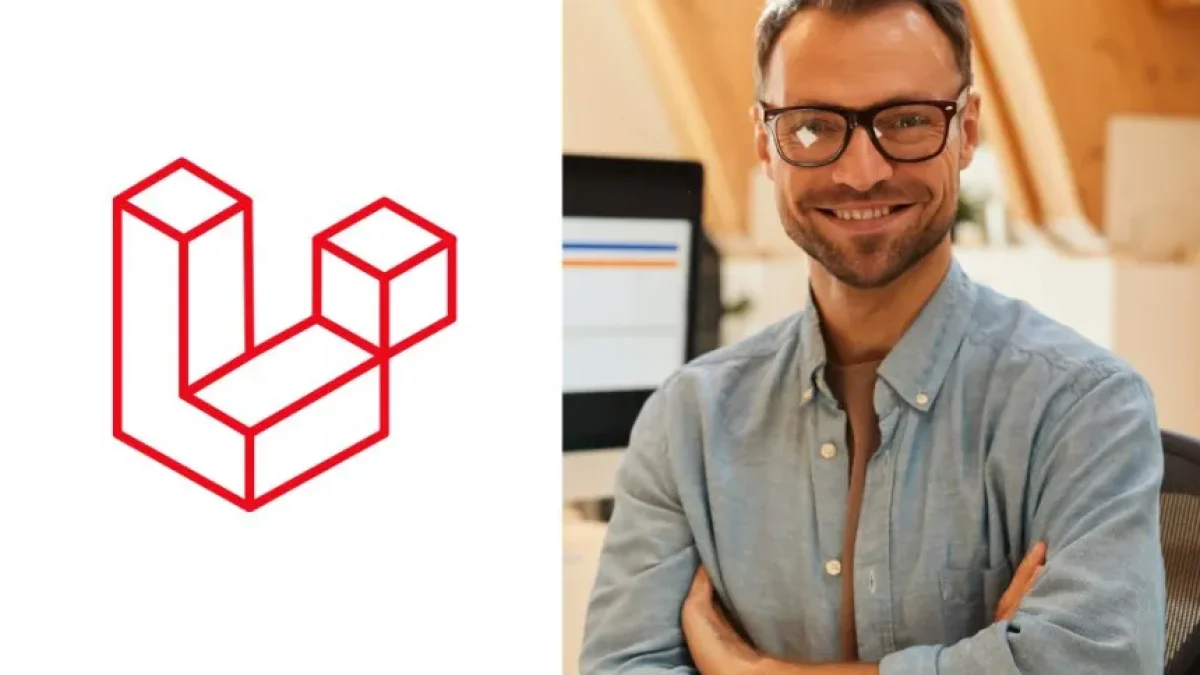How to effectively apply SOLID principles in Laravel projects

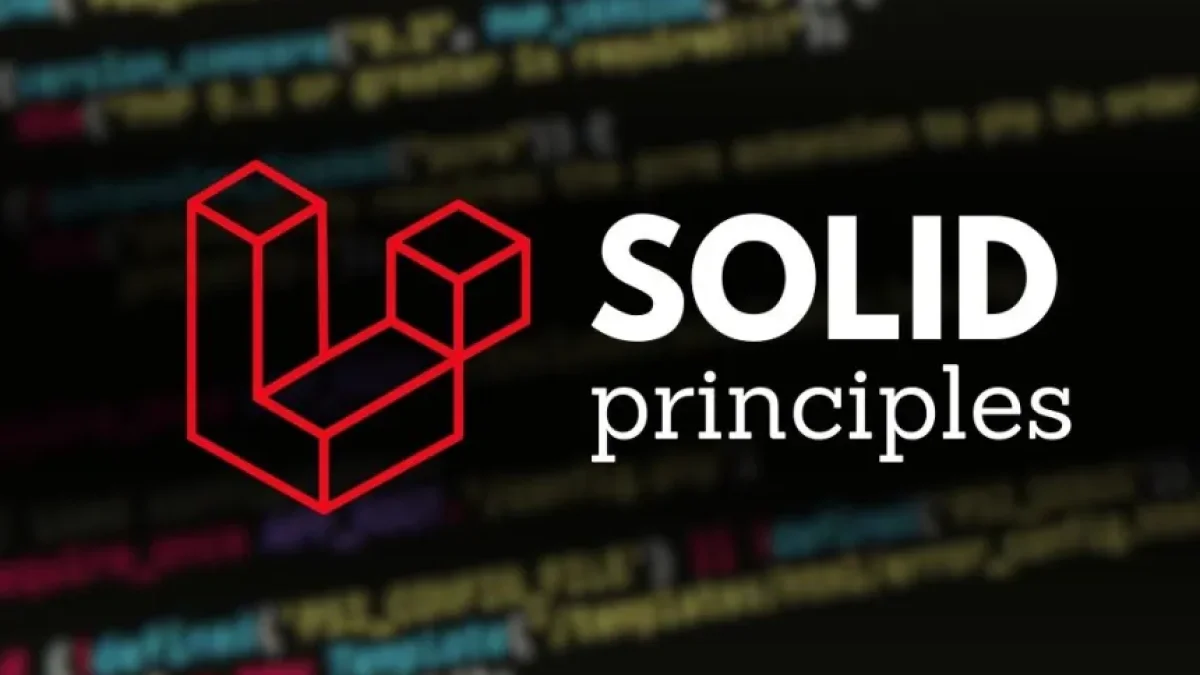
In the world of software development, code cleanliness and organization are fundamental aspects for the success of a project. One of the most effective approaches to achieve this is the SOLID principles. In this article, we will explore how to implement these principles in Laravel projects, promoting a more robust and maintainable code architecture.
What are the SOLID principles?
The SOLID principles are a set of five rules designed to make software more understandable, flexible, and maintainable. Adopting these principles in Laravel not only improves code quality but also facilitates teamwork and the long-term scalability of applications. Below are the details of each of these principles:
1. Single Responsibility Principle (SRP)
The Single Responsibility Principle states that a class should have only one reason to change. In a Laravel project, this translates to creating classes that handle specific tasks. For example, instead of having a controller that handles both validation and business logic, it is better to split those responsibilities into multiple controllers or services.
2. Open/Closed Principle (OCP)
The Open/Closed Principle suggests that classes should be open for extension but closed for modification. This can be achieved in Laravel through the use of interfaces and abstract classes. In this way, new functionalities can be implemented without altering the existing code, which helps maintain the stability of the project.
Read also
3. Liskov Substitution Principle (LSP)
This principle states that objects of a derived class should be able to replace objects of the base class without altering the properties of the system. In Laravel, this means creating coherent class hierarchies. For example, if there is a base class for users, all classes that inherit from it should be able to function as users within the system without issues.
4. Interface Segregation Principle (ISP)
The Interface Segregation Principle stipulates that clients should not be forced to depend on interfaces they do not use. In the context of Laravel, this means designing smaller and more specific interfaces instead of large ones. This allows each component of the system to implement only what it really needs, improving code clarity.
5. Dependency Inversion Principle (DIP)
Finally, the Dependency Inversion Principle advises that dependencies should be inverted. Instead of high-level classes depending on low-level classes, both should depend on abstractions. In Laravel, this can be achieved through the use of dependency injection, ensuring that classes are easier to test and maintain.
Read also
Implementing SOLID in Laravel
To apply these principles in a Laravel project, it is advisable to follow some practices:
- Proper project structuring: Organize the code logically, separating controllers, models, and services.
- Use of services and repositories: Decompose business logic into independent services and use repository patterns to manage data.
- Unit testing: Create unit tests for each component, ensuring that each class fulfills its responsibility and behaves as expected.
Conclusion
Adopting the SOLID principles in Laravel projects will not only contribute to cleaner and more organized code but will also facilitate collaboration among developers and the scalability of applications. Implementing these principles is a vital step toward creating high-quality software.
For more information on Laravel development and related topics, I invite you to continue exploring more news on my blog.

